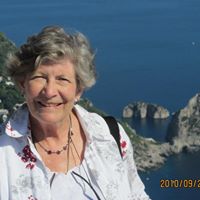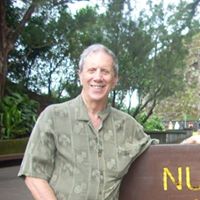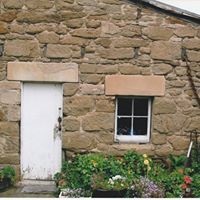Which national capital’s name was selected after a public call for suggestions?
At noon on 12 March, 1913, Lady Denman, the wife of Lord Denman, fifth Governor-General of Australia, mounted a crimson-draped platform and declared in a clear English voice: ‘I name the capital of Australia, Canberra – the accent is on the Can’.
‘Canberra’, as a new name for the capital, was a sentimental favourite and logical choice. Canberra means "Meeting Place" in the Ngunnawal language of the local Ngabri indigenous aborigines.
This naming confirmation came as something of a relief for all those gathered at the ceremony as an open invitation for suggested names for the new capital city had elicited over 750 proposals. ‘Kangaremu’, ‘Australamooloo’, ‘Cookaburra’, ‘Wheatwoolgold’, ‘Sydmelperadbrisho’ and ‘Meladneyperbane’ were a few of the ‘Australiana’ suggestions. Other names such as ‘Democratia’ and ‘Caucus City’ were proposed and, more cynically, so were ‘Cooee’, ‘Revenuelia’, ‘Swindleville’ and ‘Gonebroke’.
American architects Walter Burley Griffin and Marion Mahony Griffin were chosen to implement their design proposals for the planned new capital. After much debate and many manoeuverings the site was selected as a compromise between the rival cities of Sydney and Melbourne, the two largest cities in the country. Canberra is located in the Australian Capital Territory (ACT) in south-eastern New South Wales. One of the reasons that the government wanted an inland capital city was that Sydney and Melbourne were both susceptible to attacks from the sea.
More Info:
www.nca.gov.au








